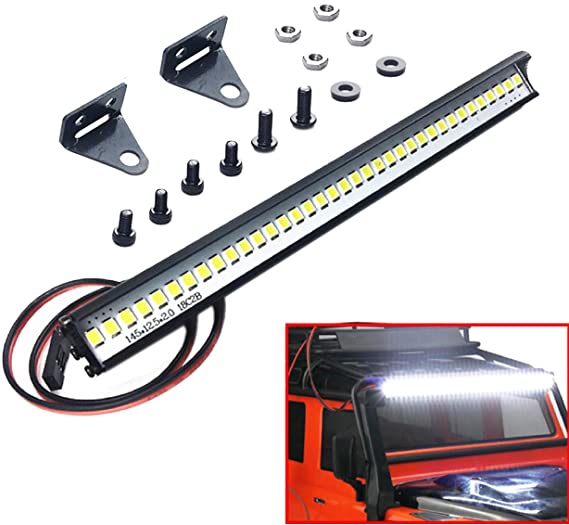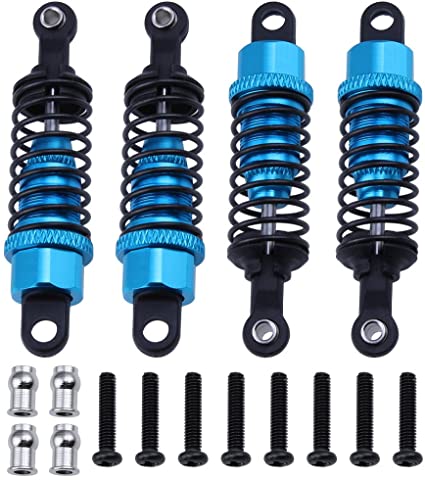| | A Drone FPV Video Receiver (VRx) is a vital part of the FPV system! Drones provided with extremely first specific view (FPV) systems will commonly have a little, uncomplicated cam put on the front. The video signal from the camera is sent to the video transmitter where it is formatted, enhanced as well as transmitted. This video information from the drone would be of little usage otherwise for the video receiver on the ground. As the name recommends, video receivers act to receive the superhigh frequency (RF) waves carrying the video/audio info from the drone and likewise convert this right into a practical video signal to be provided in your safety glasses. At an essential level, the video receivers work quite like the video clip transmitters, nevertheless in reverse. The RF video signal from the drone is selected up by the receiver antenna. It is improved as well as formatted by the receiver and also sent out to the safety glasses, all with amazing rate! Although there are both digital as well as analog FPV systems readily offered, for this brief post we will focus on analog systems, although electronic systems have boiled down in price, along with their performance continues to enhance, analog systems are still one of the most thoroughly used.
Particular along with Diversity Modules
The easiest Drone FPV Video Receiver has one receiver module, requiring a solitary antenna. A reasoning board will pick the most efficient video signal from both modules based on the signal strength as well as send out that signal off to the goggles. The switch in between receiver elements happens quickly and without a glitch, so the video receiver is constantly providing the pilot with the best video signal.
For auto racing and freestyle drones, the ideal regularity for video transmission is the 5.8 GHz band. In the United States this is among the RF bands which drops under the ISM (industrial, scientific, medical) category from the government communications payment (FCC). These frequencies are easily available to users license-free in the power levels which drones generally operate. The 5.8 GHz consistency permits making use of smaller antennas, has great selection and can lug a reasonably high resolution video signal. There are other regularities easily available for video clip transmission, such as 2.4 GHz, 1.3 GHz, along with 900 MHz, however, based on the size of racing and also freestyle drones the 5.8 GHz band has been verified to be the most effective fit. For that factor, when structure or buying your drone, be sure to match the frequency of your video transmitter to your video receiver.
Within the 5.8 GHz frequency, we in fact utilize a series of consistencies, from 5.3 GHz to 5.9 GHz. The 5.8 band has actually been divided up into" networks." The "race band" has 8 channels, divided by 37mhz, with the most inexpensive network being 5658 MHz as well as the greatest channel being 5917 MHz. This has actually been made the most of to make it possible for as much as 8 pilots to fly concurrently under ideal conditions. At a race or when flying with pals, it is best to pick channels that are as far from each other as possible, to make certain that video clip interference in between the drones is minimized. Existing video clip transmitters and video receivers typically have a minimum of 40 total channels, with 5 bands, such as the Race Band, each consisting of 8 channels.
| | | |
|







